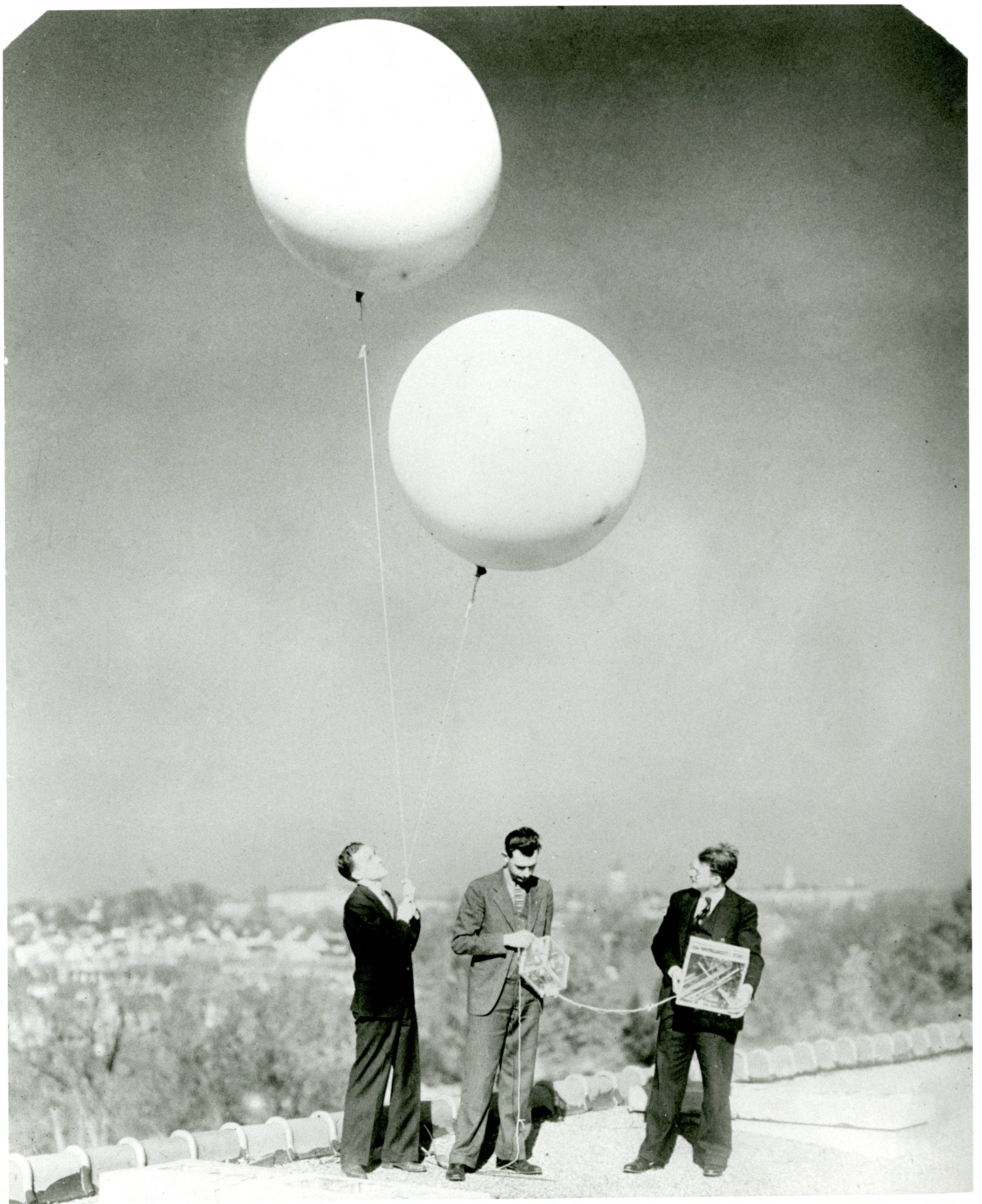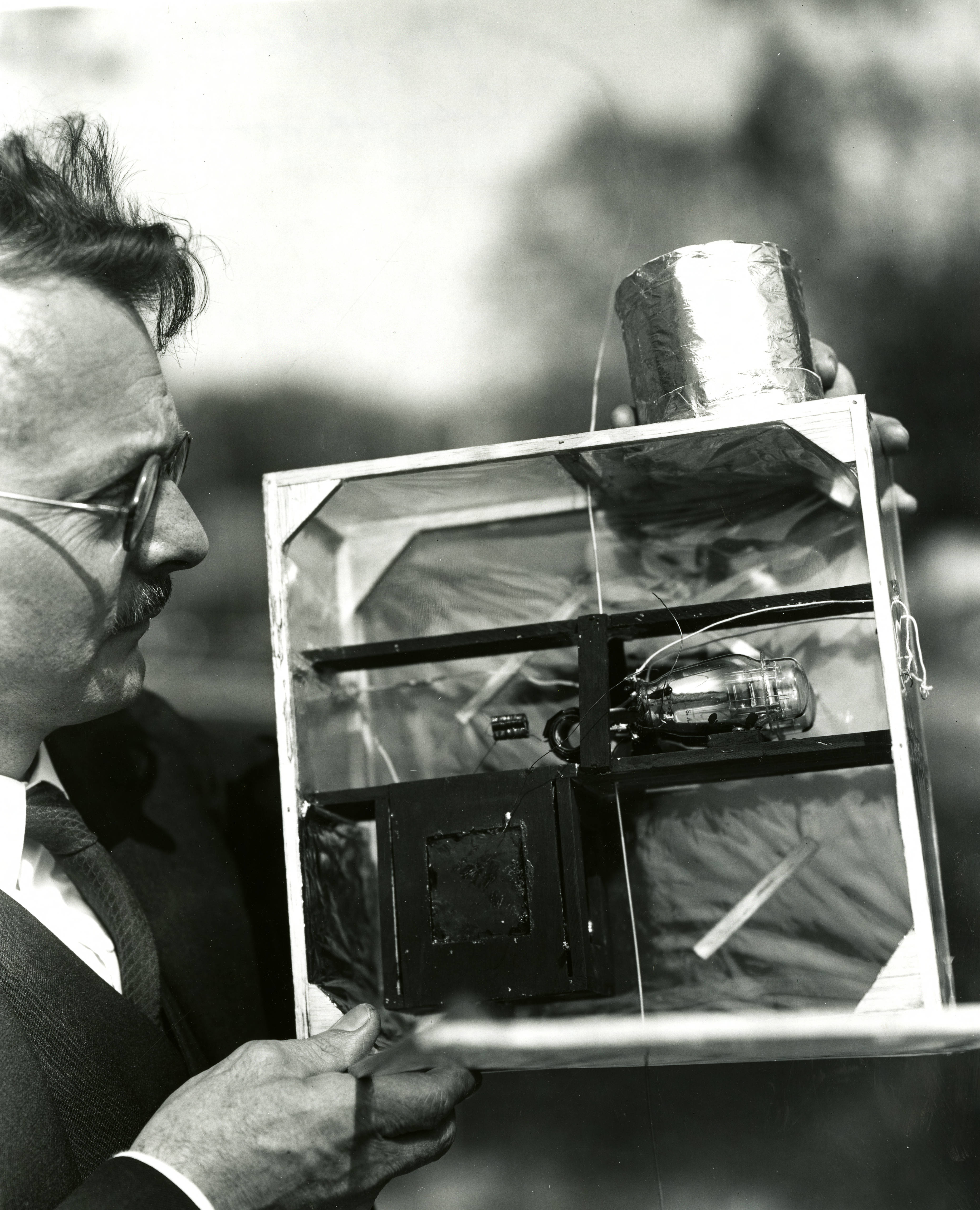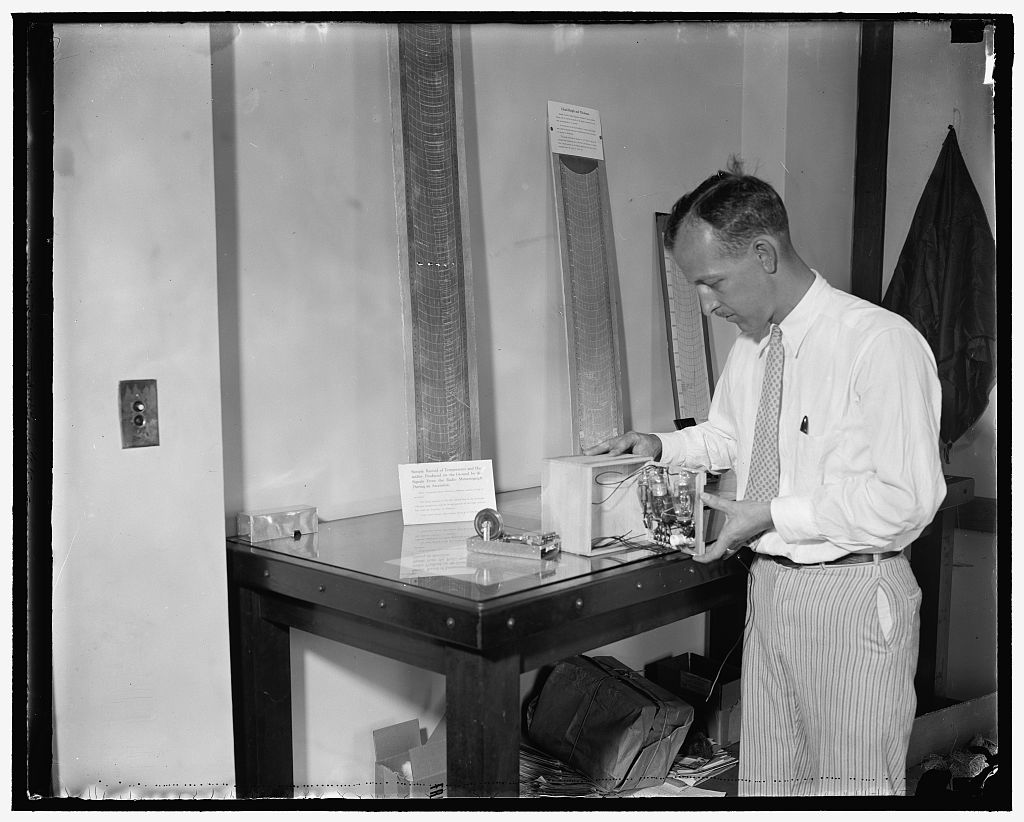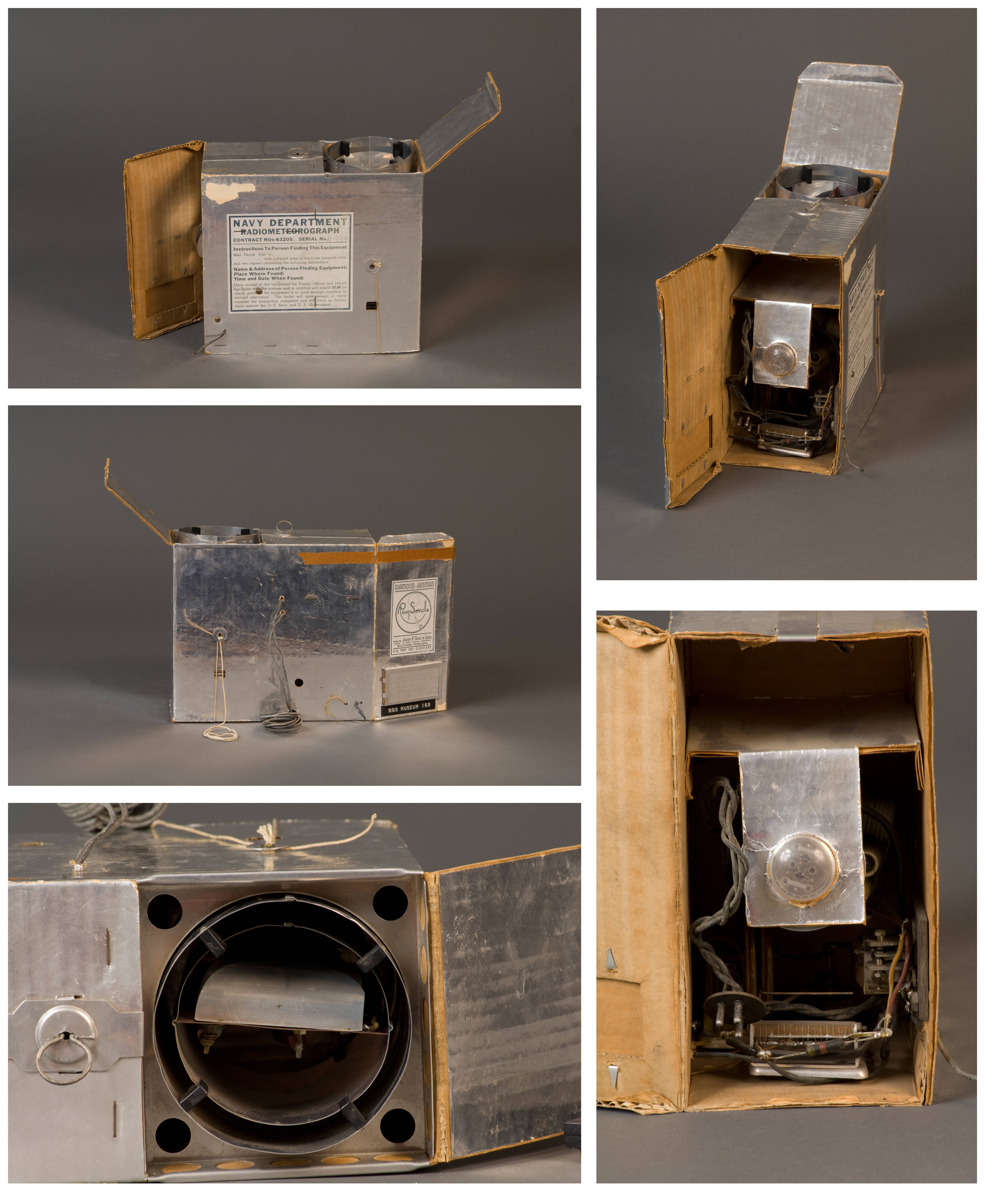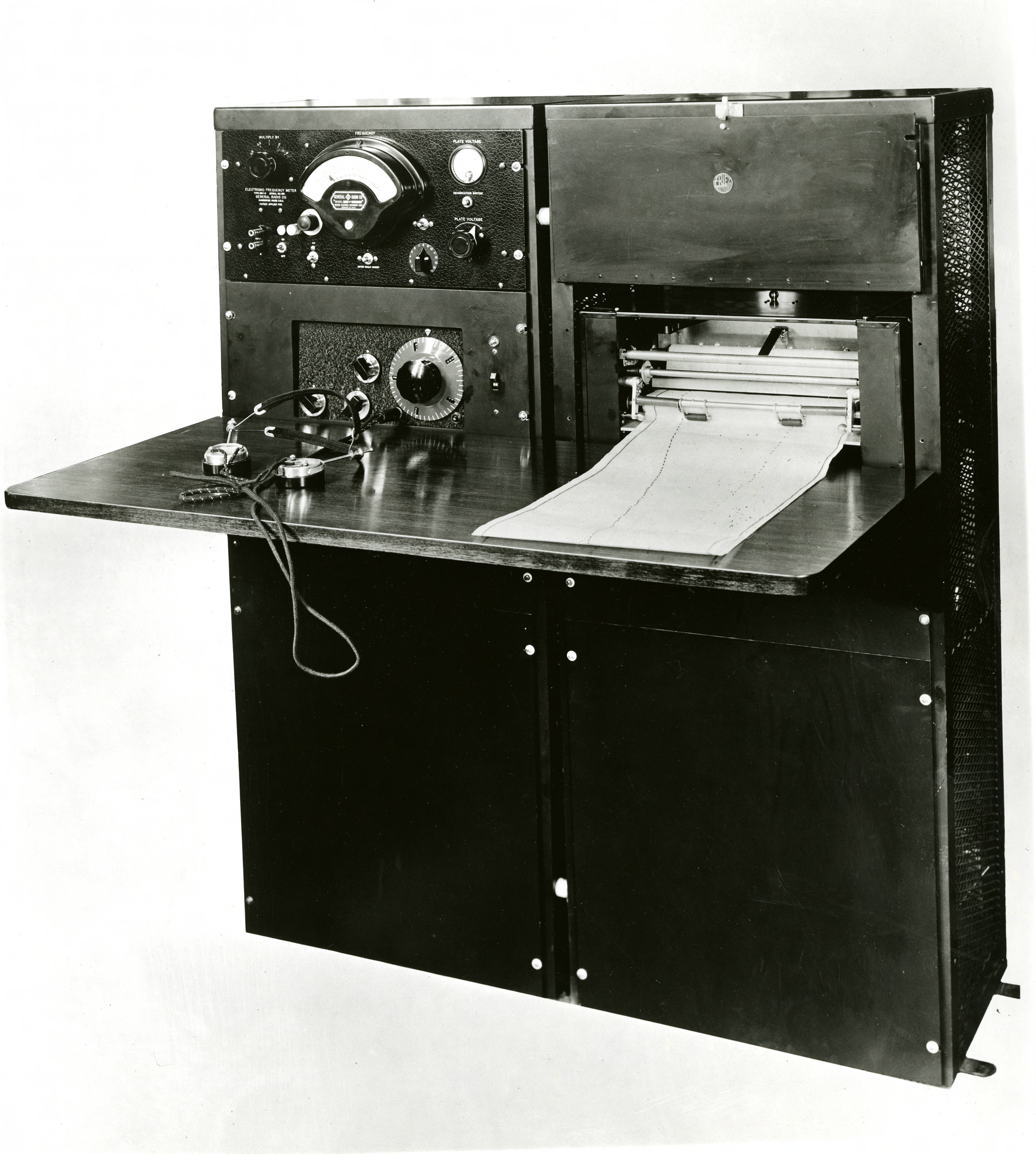Tuning into Weather Forecasting
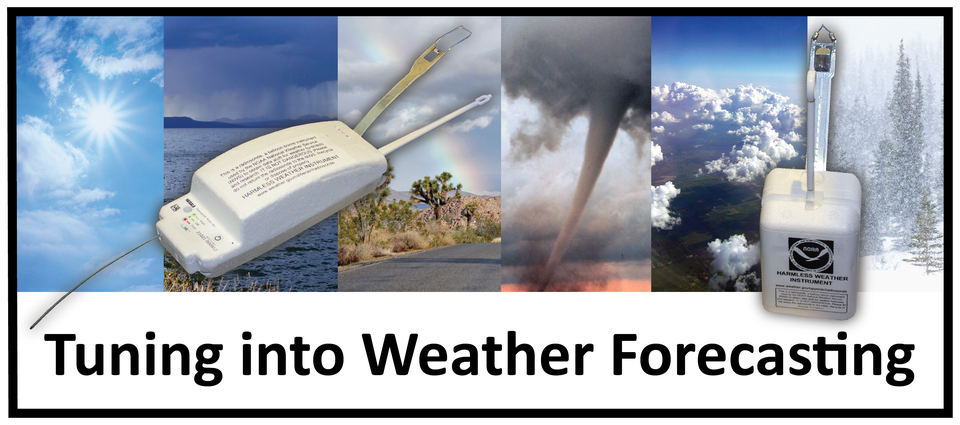
Beginning in the 1930s the National Bureau of Standards (NBS) developed compact packages of radio equipment that could be sent aloft by balloon to gather weather data and transmit it back to a ground receiver. Today these devices, known as radiosondes, are used daily around the world for weather forecasting and atmospheric research.
What is a radiosonde?
Radiosondes, or radio meteorographs, take real-time weather measurements such as pressure, temperature, relative humidity, and windspeed. The small battery-powered devices use a radio signal to transmit the measurements for analysis.
Radiosondes have been launched into the sky using weather balloons since the late 1920s. While the fundamentals of this technique remain the same, technological advancements have enhanced the measurement accuracy and efficiency of the devices in flight.
The average radiosonde has a battery-life of 500 minutes, but it lives a full life well within that timeframe. Ascending into the stratosphere (as high as 35,000 m or 115,000 feet) and able to drift more than 200 km (125 miles) within an average flight time of about 150 minutes.
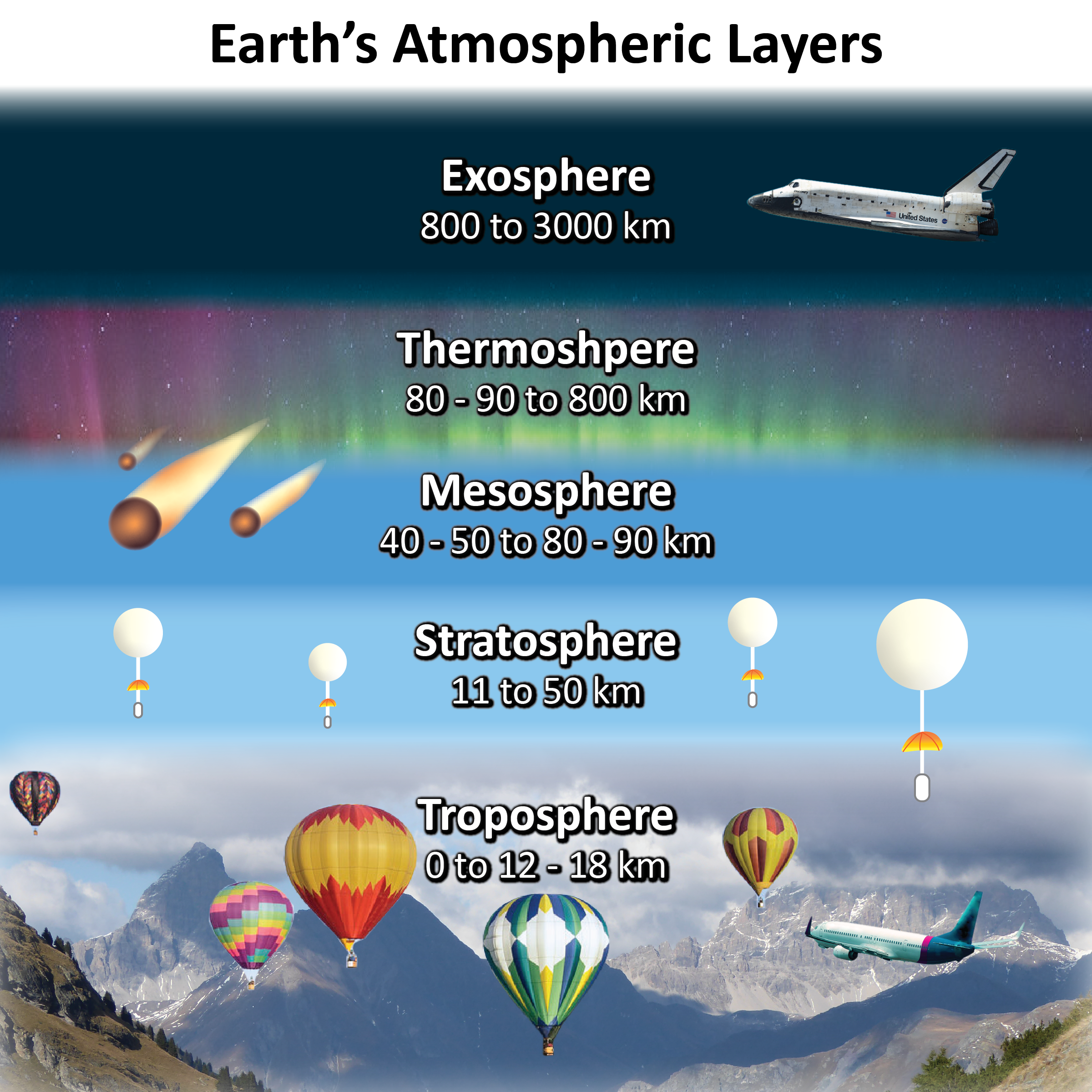
Where did the radiosonde get its name?
Robert Bureau of the National Meteorology Office of France was one of the earliest to fly a radiosonde in 1929. He coined the name "radiosonde" (ray·dee·ow·saand) from the French for ‘radio sounding.’
Sounding is the term for measuring physical properties at a significant height or depth.
NBS and the radiosonde
Early work on radiosondes occurred in Europe in the late 1920s and early 1930s. In 1935 National Bureau of Standards researchers Leon F. Curtiss and Allen V. Astin completed their work to design and build a radiosonde for the U.S. Weather Bureau. NBS was chosen for this work based on previous related experience from the 1920s developing electric telemeters for remote reading and recording of strain and force measurements in inaccessible places, which were used for testing structural components on bridges and the frames of airships.
NBS made improvements in radiosonde miniaturization, battery longevity, data transmission, radio frequency systems, calibration processes, and overall mechanics and structure of the devices. By 1940, the NBS-developed radiosondes weighed less than one kilogram, could be manufactured for a reasonable cost per unit, and were being produced at a rate of 15,000 units per year nationwide for atmospheric research.
Today, the National Institute of Standards and Technology (NIST) continues to calibrate instruments for the National Weather Service, and NIST’s precision measurement research leads to further refinements of modern radiosonde technology.
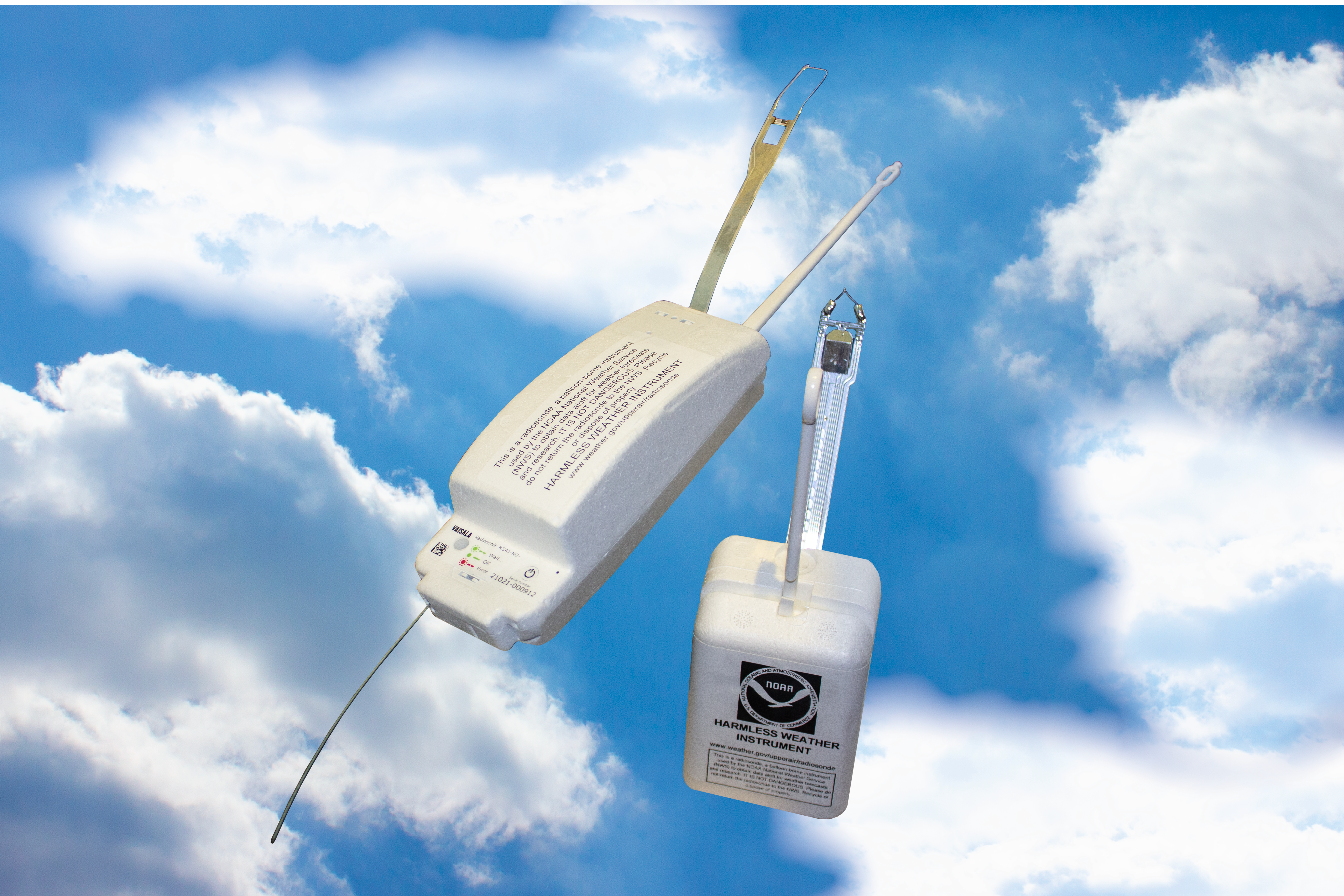
The modern radiosonde lifecycle
NIST museum staff visited the National Weather Service in 2023 to take part in the launch of a radiosonde. A radiosonde goes through four phases in its lifecycle. Every phase ensures the reliability of the data transmitted to the ground receiver.
Phase 1: Calibration, Systems Check and Tuning the Radio
Once a radiosonde is turned on, the device becomes active and visible on radar. Calibration and testing is conducted via computer to check the device is working properly.
Much like tuning a car radio to your favorite station, the radiosonde is tuned to a specific radio frequency. To avoid cross frequency disturbance, each radiosonde is given its own frequency.
Phase 2: Launch!
The radiosonde is tethered to a weather balloon, which is released into the atmosphere. The 1.2 meter diameter weather balloon is filled with helium or hydrogen. A parachute is also tethered to the radiosonde for its trip back to the ground.
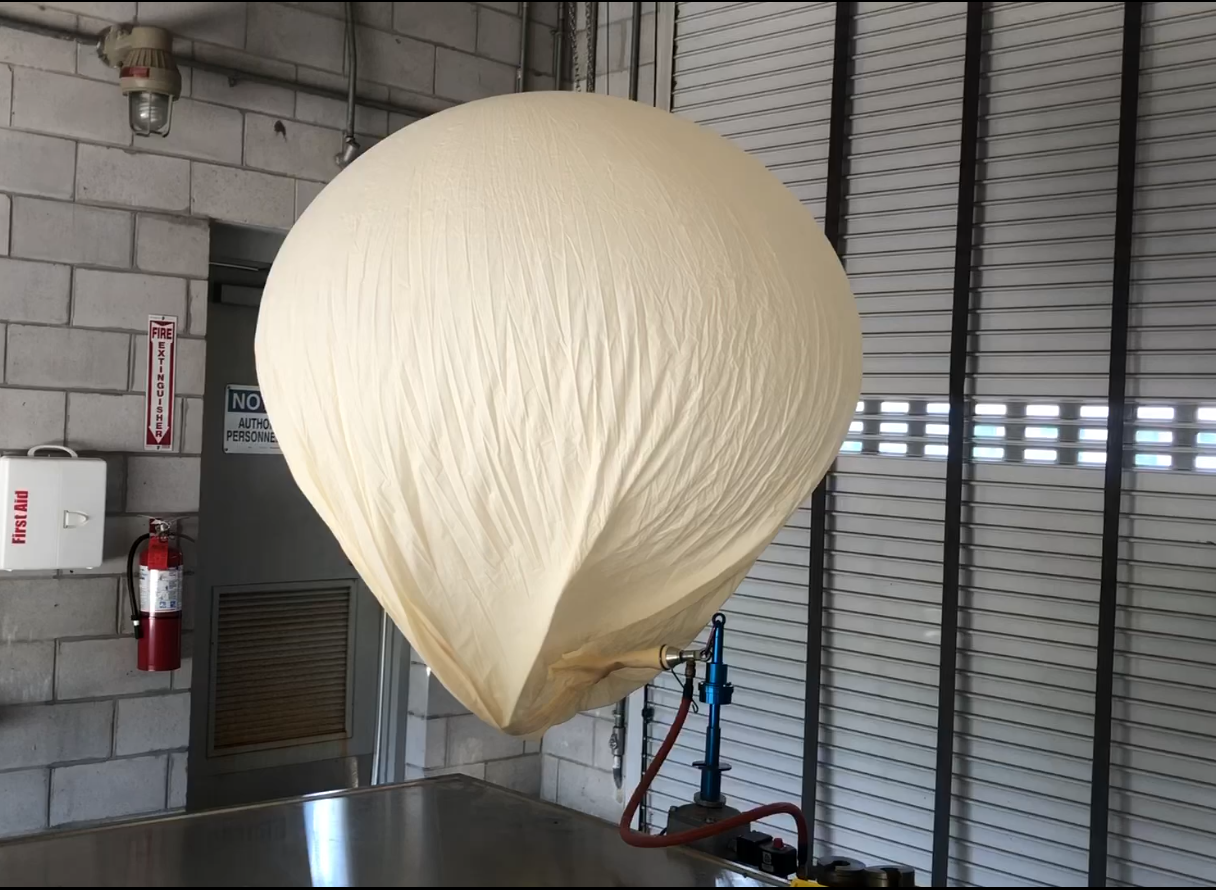
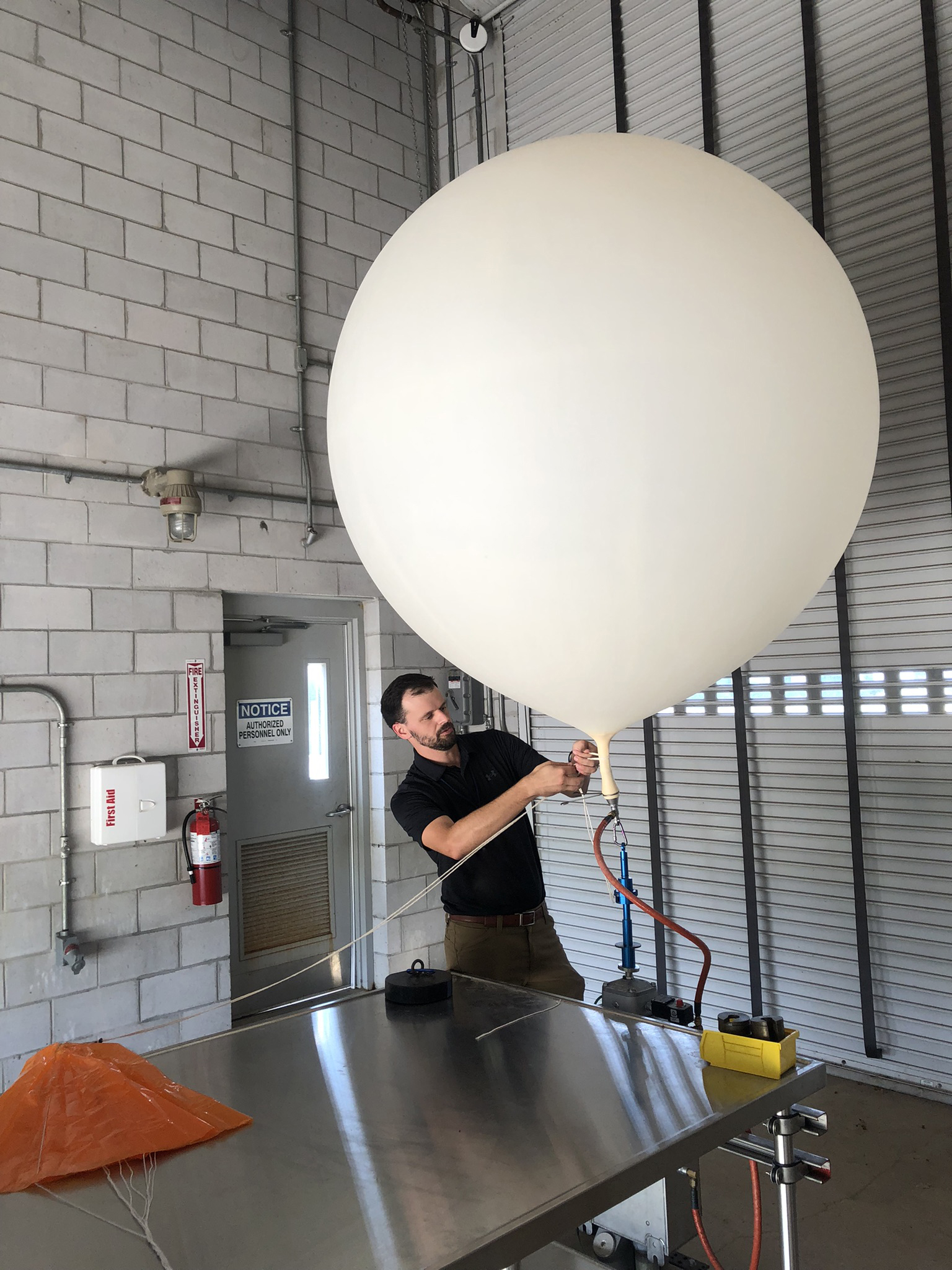
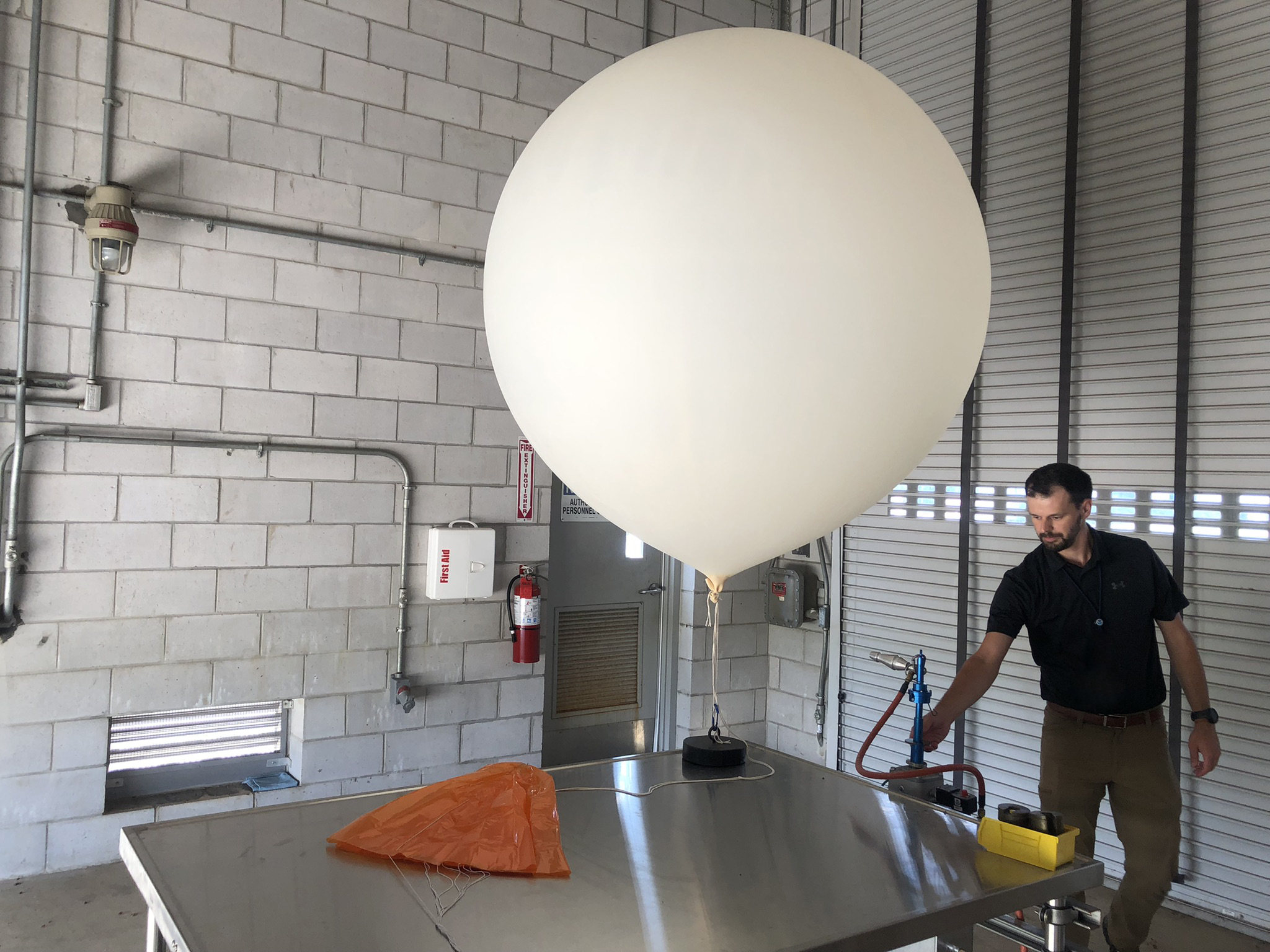
Phase 3: In-flight Transmitting and Tracking
The coordinates of the launch site and official launch time are recorded as the starting point. The atmospheric measurements are captured by the radiosonde sensors and transmitted back to the ground receiver every second, while the GPS tracking shows the radiosonde’s path across the sky.
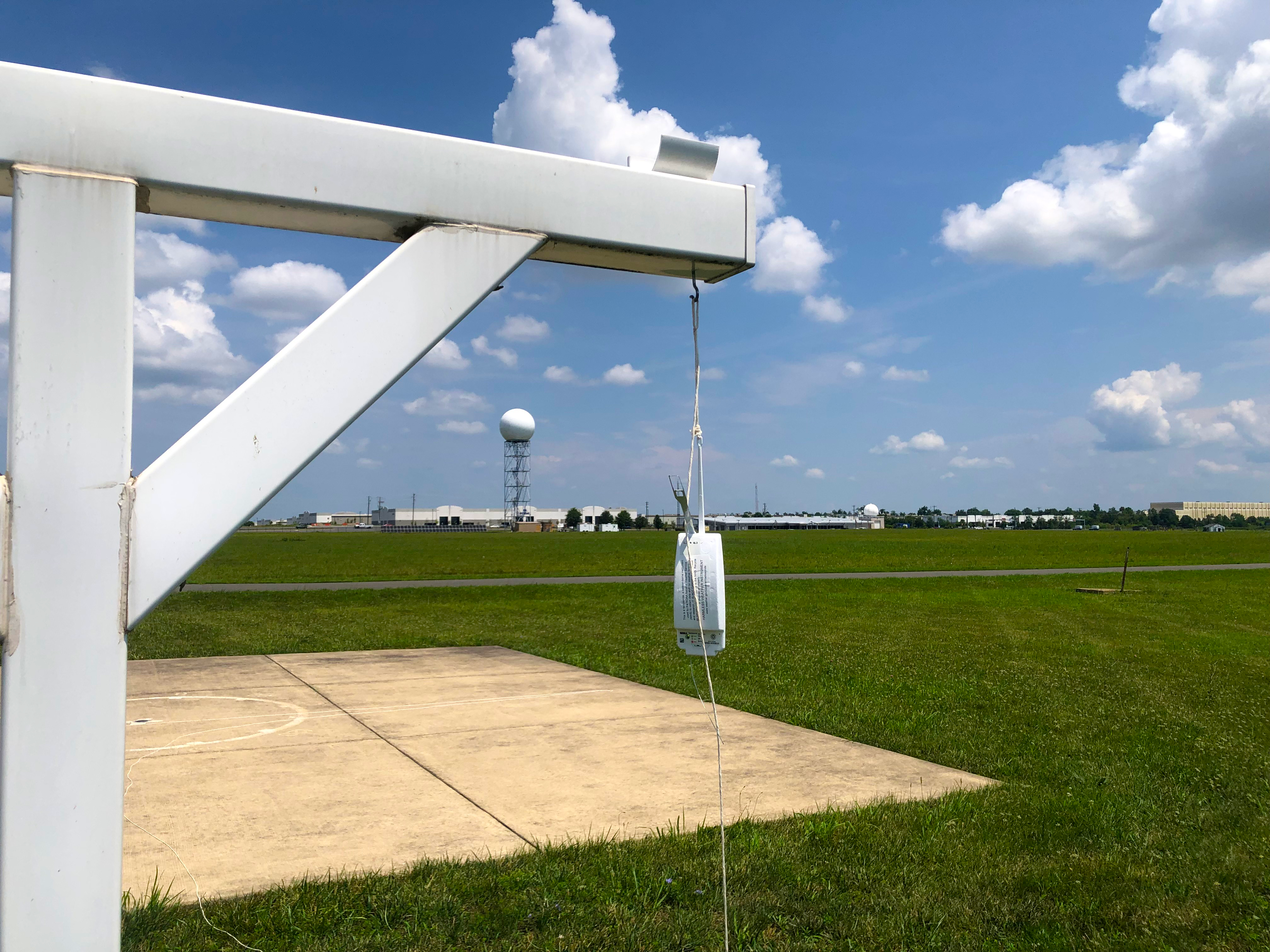
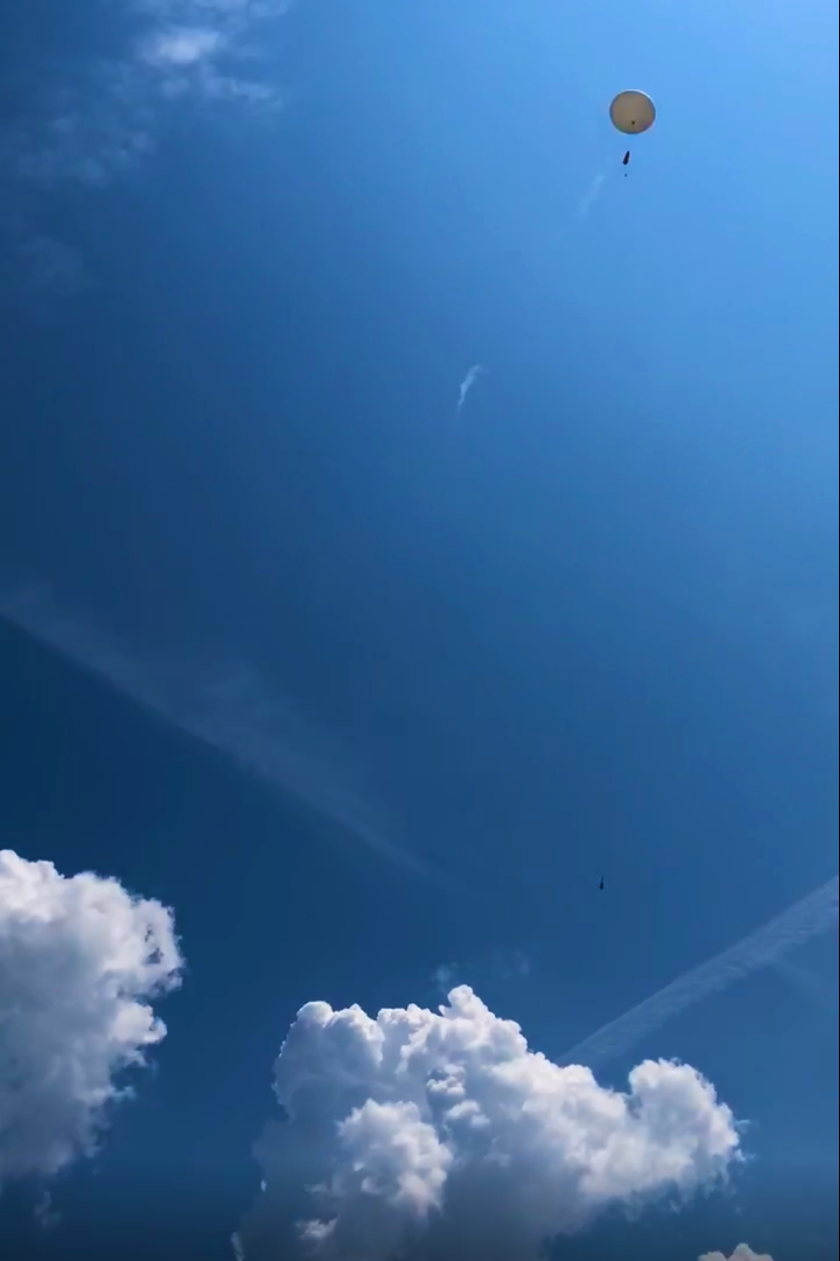
Phase 4: The Descend back to Earth
As the weather balloon ascends the gas inside the balloon expands until the balloon’s elastic limit is reached (approx. 6 - 7 meters in diameter) and then the balloon bursts.
The radiosonde continues to transmit atmospheric measurements and GPS coordinates as it parachutes back to the ground.
Radiosondes are not always retrievable from their landing site. For this reason, efforts have been made to construct the devices out of biodegradable material.
If you find a radiosonde, look for contact information or return guidance provided on the device.
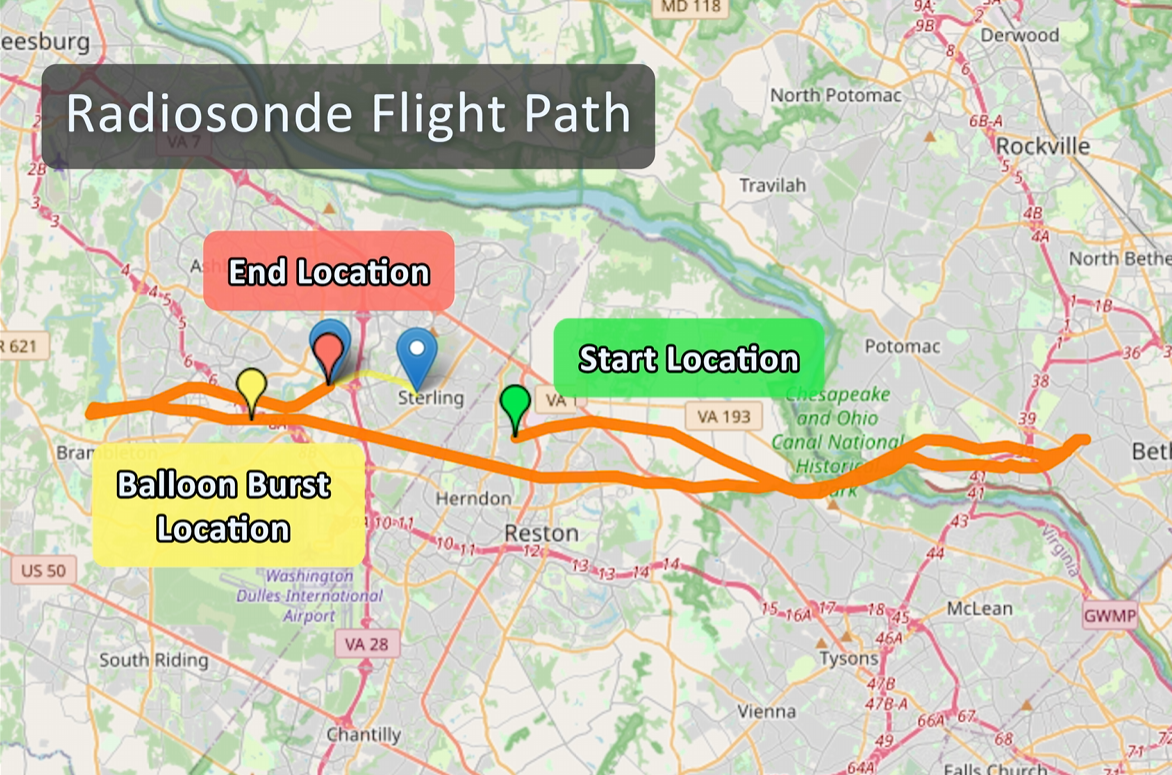
More than just a weather forecaster
Radiosonde technology has enhanced our understanding of the atmosphere since its invention in the 1920s. The real-time collection and measurement precision of the radiosonde continues to make it one of the most reliable devices for meteorological research and weather forecasting. The atmospheric data collected by radiosondes are used for computer-based weather prediction models, local severe storm warnings, and aviation and marine forecasts. Beyond weather forecasts, the data is also analyzed for climate modeling, air pollution monitoring, and to ground-truth satellite data.
A world-wide collaborative effort
National Weather Service centers launch radiosondes daily every 12 hours, with over 200 in the air each day, and about 80,000 radiosondes used annually.
Visit SondeHub Tracker online to see all the active radiosondes around the world.
Citizen Science
Amateur weather enthusiasts launch their own radiosondes and provide reports of their atmospheric data to meteorological agencies. In some families, this activity has been continued through many generations.
References:
- Cochrane, Rexmond C. Measures for Progress: A history of the National Bureau of Standards. National Bureau of Standards Miscellaneous Publication 275, (1966). p. 352-354. Online: https://nvlpubs.nist.gov/nistpubs/Legacy/MP/nbsmiscellaneouspub275.pdf.
- Snyder, Wilbert F. and Charles L. Bragaw. Achievement in Radio: Seventy years of radio science, technology, standards, and measurement at the National Bureau of Standards. National Bureau of Standards Special Publication 555, (Oct. 1986.) p. 122-132. Online: https://nvlpubs.nist.gov/nistpubs/Legacy/SP/nbsspecialpublication555.pdf.
- Curtiss, L.F. and A. V. Astin. “A Practical System for Radiometeorography.” Journal of the Aeronautical Sciences, Vol. 3, No. 2, Nov. 1935. p. 35-39. Online: https://doi.org/10.2514/8.123.
- McCollum, Burton and O.S. Peters. “A New Electrical Telemeter.” Technologic Papers of the Bureau of Standards, Vol. 17, Paper No. 247, (1924). Online: http://dx.doi.org/10.6028/nbst.7144.
- Diamond, Harry, Wilbur S. Hinman, Jr. and Francis W. Dunmore. “A method for the investigation of upper-air phenomena and its application to radio meteorography.” Journal of Research of the National Bureau of Standards, Vol. 20, No. 3, Research Paper 1082, (March 1938.) p. 369-392. Online: http://dx.doi.org/10.6028/jres.020.029.
- Diamond, Harry, Wilbur S. Hinman, Francis W. Dunmore and Evan G. Lapham. “An improved radio sonde and its performance.” Journal of Research of the National Bureau of Standards, Vol. 25, No. 3, Research Paper No. 1329, (Sept. 1940.) p. 327-367. Online: http://dx.doi.org/10.6028/jres.025.027.
- Coursey, Burt M. “History of Atmospheric Cosmic Ray Research at the National Bureau of Standards.” Journal of Research of the National Institute of Standards and Technology, Vol. 125, Paper No. 125001. (2020.) Online: https://doi.org/10.6028/jres.125.001.
- National Oceanic and Atmospheric Administration. Radiosondes. Online: https://www.noaa.gov/jetstream/upperair/radiosondes.
- National Oceanic and Atmospheric Administration. A Brief History of Upper-air Observations. Online: https://www.weather.gov/upperair/reqdahdr.
Example of how to reference this exhibit:
NIST Museum. 2023. Tuning into Weather Forecasting. Gaithersburg, MD: National Institute of Standards and Technology. Online: https://www.nist.gov/nist-museum/tuning-weather-forecasting.
Author. Year. Exhibit Name. Place published: Publisher. Online. URL.


